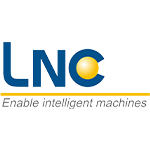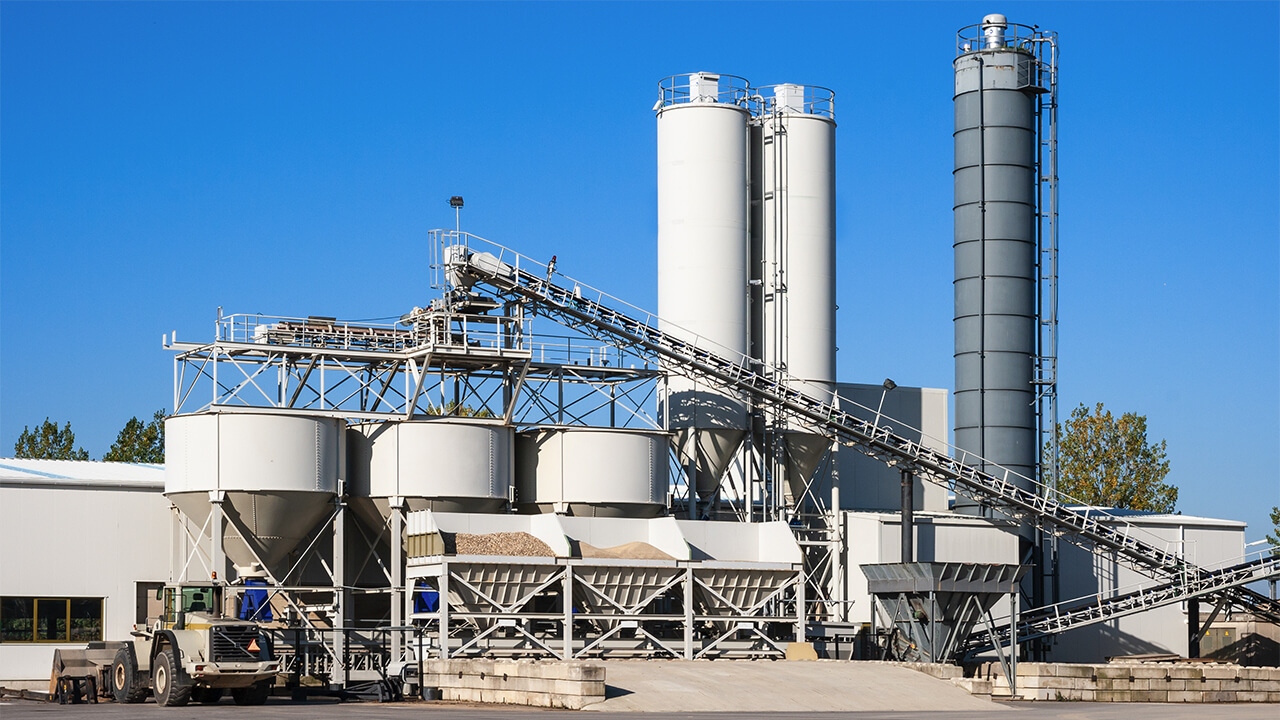One of the most promising applications of Internet of Things (IoT) is in the realm of energy optimization. As the world grapples with increasing industrial energy demand IoT offers innovative ways to enhance energy efficiency, reduce wastage, and optimize power usage. However IoT depends on seamless communication between field devices and the central software.
Understanding IoT in Energy Optimization

An IoT framework consists of a network of interconnected devices that communicate with each other and with central systems via the internet. These devices, embedded with sensors, software, and other technologies, can monitor and manage various aspects of energy consumption in real-time. When applied to energy optimization, IoT can revolutionize how we generate, distribute, and consume energy.
Smart Grids
Smart grids integrate devices over a data network to create a more efficient and reliable electricity distribution network. Sensors and smart meters collect data on energy usage, grid performance, and outages. This data is then analyzed to predict demand, prevent blackouts, and manage energy flow more effectively. Utilities can quickly respond to fluctuations in power demand, reducing energy loss and improving service reliability.
Energy Management Systems
IoT-enabled Energy Management Systems (EMS) can monitor and control energy usage in buildings and industrial facilities. By collecting data on energy consumption patterns, these systems can identify inefficiencies and suggest corrective actions. For instance, IoT sensors can adjust lighting, heating, and cooling systems based on occupancy, time of day, or weather conditions, significantly reducing energy waste.
IoT also interconnects industrial devices, making them more efficient. Energy usage can be optimized by streamlining operations during off-peak hours when electricity rates are lower or to shut down when not in use. These IoT devices can also monitor the performance of key power infrastructure, such as transformers, generators, and lines to predict equipment failures before they occur, schedule timely maintenance, and avoid costly downtime. This proactive approach not only enhances reliability but also extends the lifespan of power assets.
Monitoring Power Distribution Units to Optimize Power Consumption

Power distribution monitoring involves tracking the flow of electricity from the main supply board to the various machinery, processes and departments within an industrial facility. Effective monitoring helps with efficient distribution, in minimizing losses, preventing overloading and identifying issues before they become critical.
EMS start with understanding the distribution of power for which it must collect meter data from Power Distribution Units (PDU) to enable operators to control, monitor, and optimize their performance. Remote monitoring of circuit breakers and current transformers is essential to maintain control over power distribution.
Traditionally, due to numerous challenges faced by the systems on a day-to-day basis, inefficiencies are seen in a traditional power distribution system. Collecting data at the source enhances the reliability and efficiency of the plant. IoT enables this allowing realtime collection of data, thereby enabling factories to optimize the power distribution.
Implementing an EMS is not just about technology, its about adopting a proactive approach to energy management that drives long-term success and competitiveness.
Enhancing Operational Efficiency Using EMS
Real-time Control
EMS can integrate seamlessly with existing control systems to automate and control lighting load, HVAC systems and machinery operations in real-time. This acts as a superpower for managers allowing them to identify inefficiencies and take corrective action immediately.
Load Balancing & Demand Response Management
Data collected from the devices can be analyzed to derive power consumption patterns and predict peak demand periods. This helps re-organize the load more effectively, ensuring that power is distributed evenly. This leads to a more stable and efficient power distribution network. During peak demand periods it can automatically shed non-essential loads and avoid peak demand charges.
Predictive Maintenance
Data can be used to understand the consumption pattern and key failures, thereby allowing for preventive maintenance. It can help monitor the health and performance of critical equipment providing early warnings of potential failures or inefficiencies.
This approach helps prevent unexpected downtimes leading to cost savings and improved reliability.
All this optimization requires, seamless data collection and communication between the EMS software with the hardware. By leveraging device connectivity and energy analytics, the consumption patterns can be monitored and suitable decisions can be taken.
Key Components of IoT Based Energy Management System

♢ IoT Sensors & Devices: Energy Meters, Sensors, Smart Switches
♢ Communication Networks: Wired and Wireless Networks, Protocols
♢ Central EMS Platform: Data aggregation, Control Interface, Analytics Engine
♢ Data Storage: Cloud service, Remote Access, Data Encryption, Access control
Points of Consideration in Energy Management System

To fully leverage the benefits of an EMS, it is essential to consider several key factors during the selection, implementation and operation phases. Here are the key points to consider:
System Compatibility & Integration
It is necessary to make sure that the EMS is compatible with the current infrastructure. The sensing modules, meters and control systems should seamlessly integrate into the EMS.
Data Transfer Speed and Accuracy
High accuracy in data collection is crucial for reliable analysis and reporting. The system should cover all critical points of energy consumption within a facility and should provide real-time data to allow for immediate insights and quick decision making.
Conclusion
IoT based Energy Management Systems represents a significant advancement in industrial energy management, offering real-time monitoring, advanced analytics and automated controls to optimize energy use. By leveraging IoT technology, industries can enhance operational efficiency, reduce costs and achieve sustainability goals. Implementing an EMS is a strategic move that can drive long-term success and competitiveness in an increasingly energy conscious world.
For more information on Energy Management Systems and how they can benefit your industry, contact us at LUBI Electronics. Our team of experts is ready to help you design and implement a customized EMS solution tailored to your specific needs.

















































